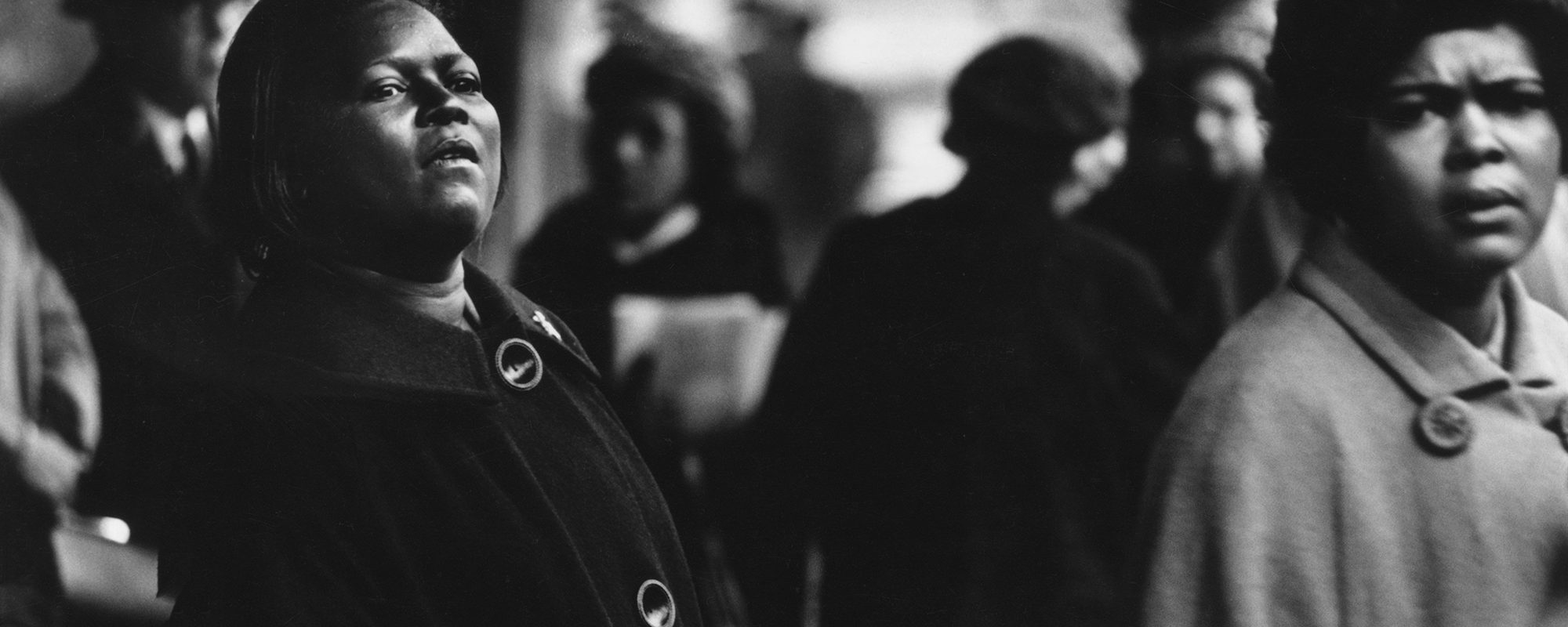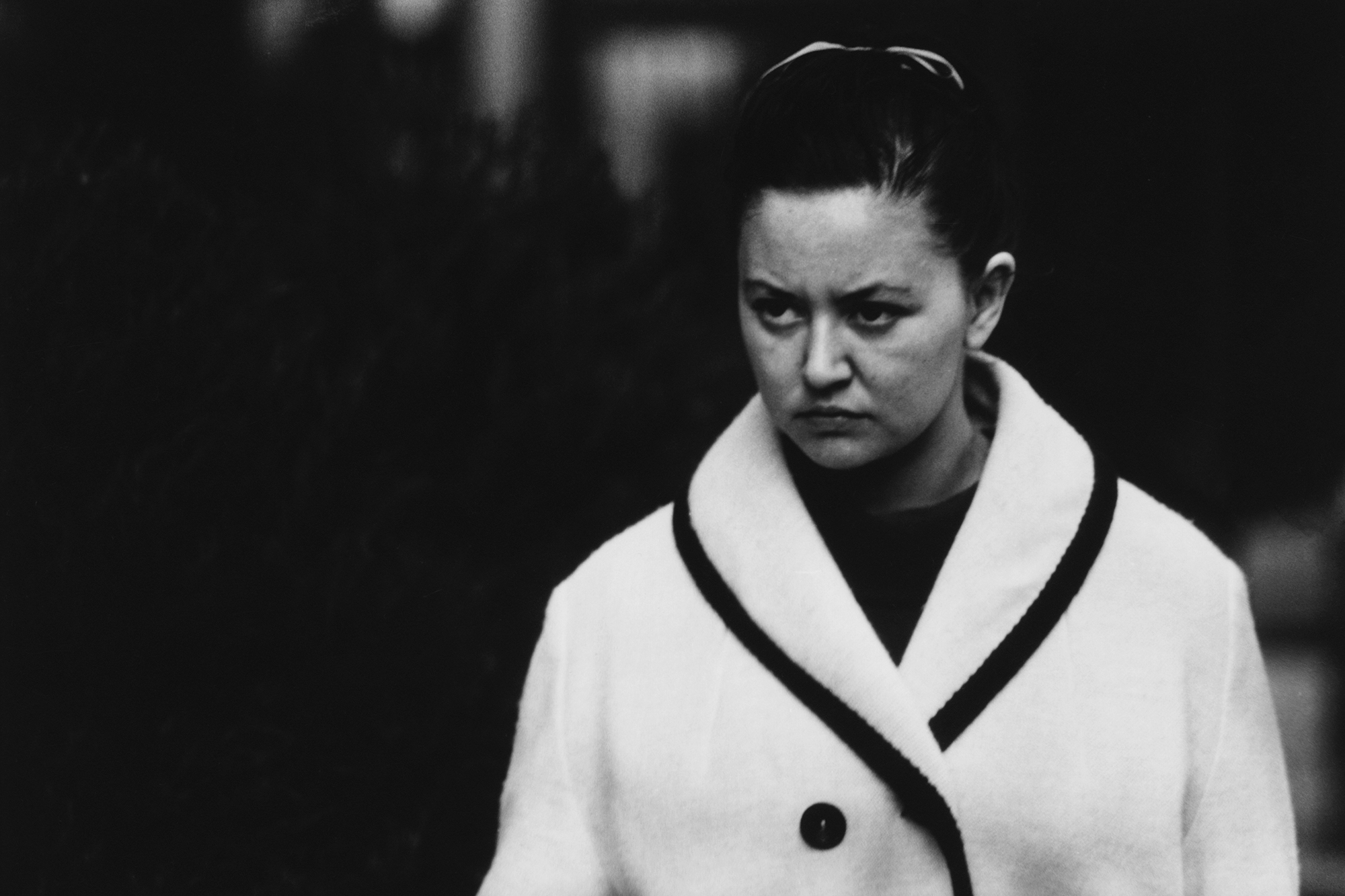
Dave Heath – One Brief Moment
Review by Simon Bray
Within the opening pages of Dave Heath’s ‘One Brief Moment,’ there is a certain air of occasion. Gathered masses fill the middle of the street, suggesting that these are not singular moments but a crowd united by a collective sense of anticipation and expectation.
The happening never arrives.
Initially, this feels like a disappointment, and the realization sets in that perhaps many of these groups are simply just crossing the street. However, even if the climax never comes, that sense of anticipation sets a tone that invites the viewer to embrace the energy of the American city streets of the 1960s. Groups of people pace toward the camera as others stand and observe,
In one photograph, an older gentleman looking slightly distressed as he passes through the frame appears to check his pulse as he walks by as if to ask himself the question,
‘Am I alive?’
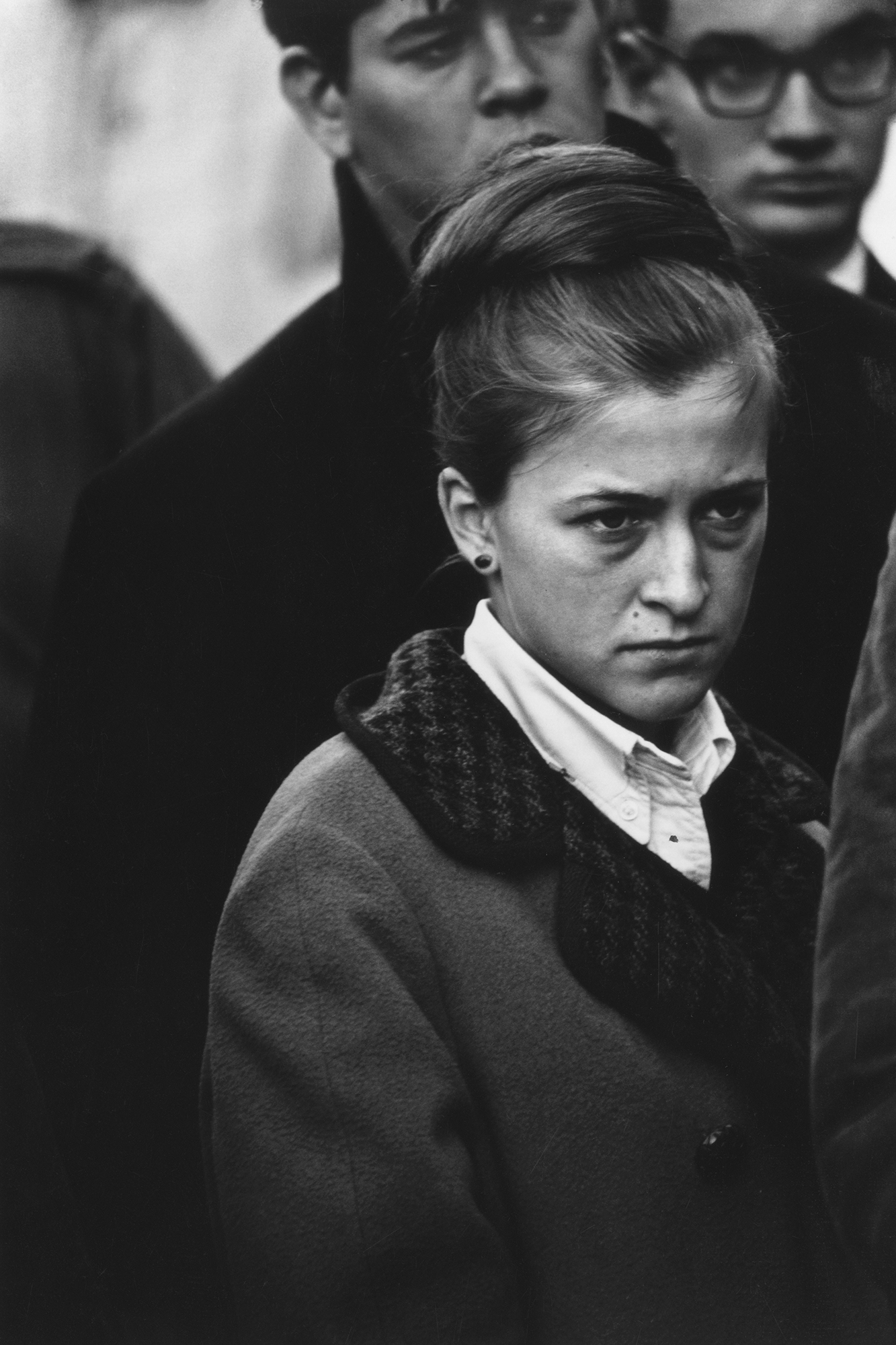
In another, a young woman stares down the lens of the camera, the whites of her eyes visible as she holds up her middle finger, perhaps an intentional act of resistance, but with an air of subtlety as if she’s brought it up to her mouth as if to imitate scratching an itch. There are quite a few characters who break the fourth wall, staring at you, the viewer, through the page as if to make a judgment upon your observation of them.
There are moments of necessary lightness, shared glances that appear within the same scene or are constructed through the sequencing, as well as some gentle smirks and collections of expressions that are either all in sync or at odds with one another.
These feel more typical of the street photography genre, the instinctive (or lucky) capture of a scene that we are allowed to ponder upon in a fashion that would never be possible in a natural setting. Still, the singular moments of solemnity combine to create the greater sensibility of the book, with individuals caught in their brief moment. We study and read each face as a means of trying to understand them and their emotional state. The combination of these brief moments allows us to place ourselves in relation to them.
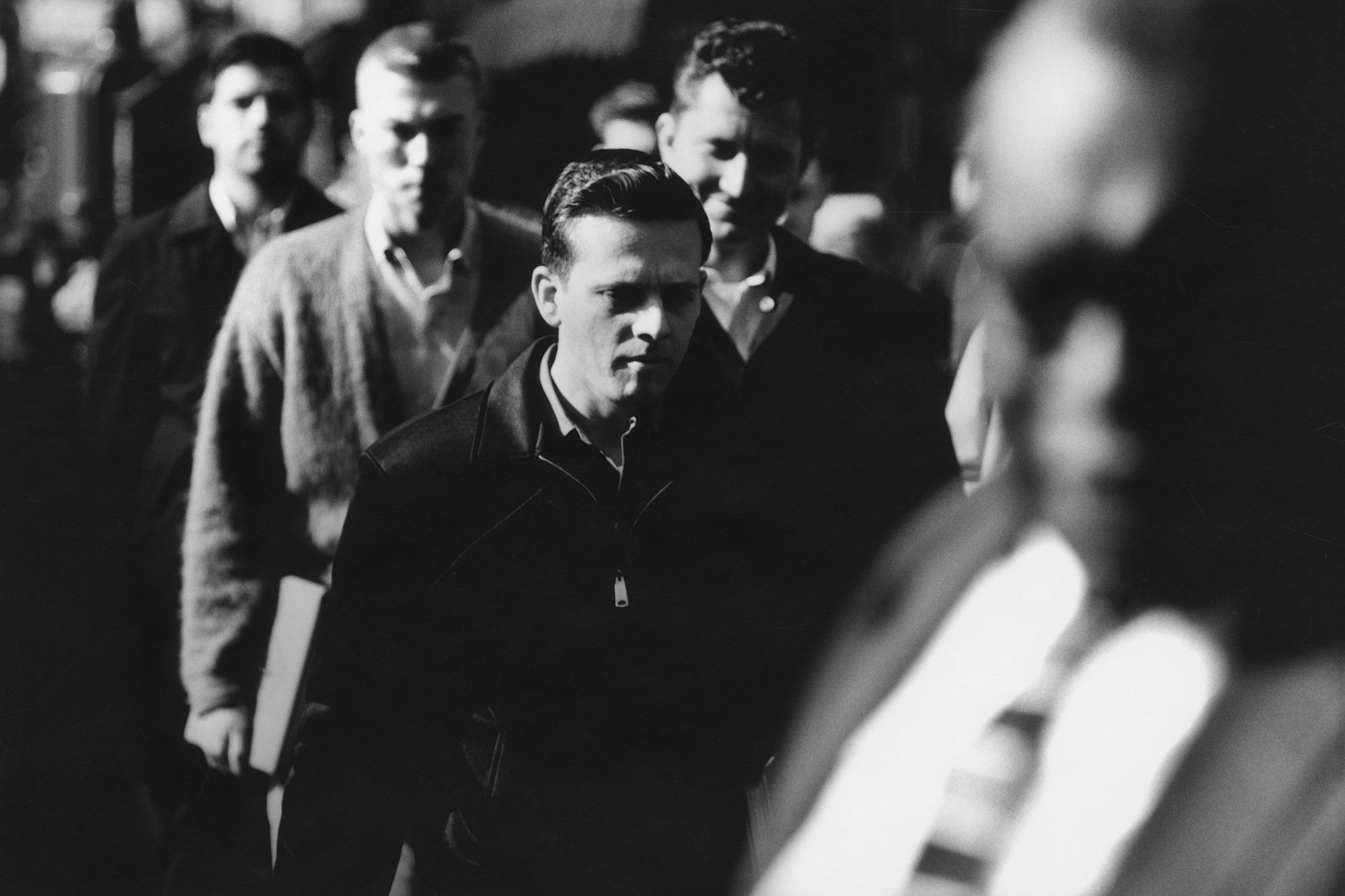
Heath beautifully captures these quiet moments, observing that which the individual wouldn’t ordinarily anticipate being observed doing. Cast in high contrast shadowy black and white, rarely are the expressions easy to read. There is an uneasiness in categorizing the specific emotional state of the subjects, perhaps simply a reaction to the moment they found themselves in, but in hindsight appears as a frozen moment of thought and introspection.
Collectively, they present the uncertainty and even severity of the age, the conflicting contrasts of American life in the sixties. The fight for freedom in all realms of the political and social spectrum, freedom from communism, freedom to love, express, speak out, vote, and to an education. A fight so fervent that it led to rioting across the country, multiple assassinations, and tens of thousands who never returned from Vietnam. It evoked a social revolution that enabled minorities to stand up and be heard, the influence of which is still felt today.
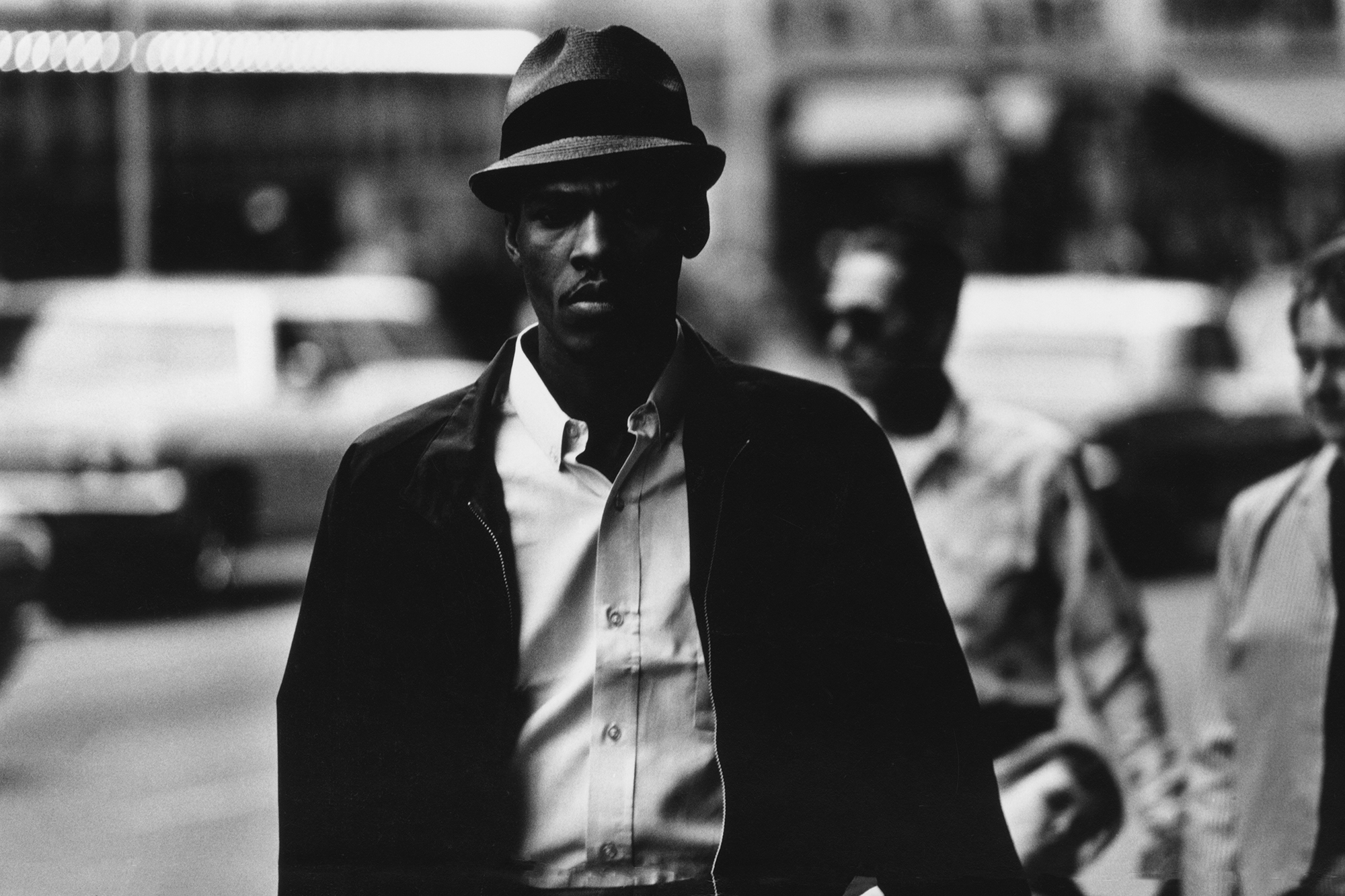
The overall design of the book is a beautiful combination of the historic and contemporary, the cover reminiscent of a Sakamoto album sleeve, and the weight of the book itself allows it to aptly carry the imagery, where perhaps a hardback cover would have overly added to its intensity. Within the images themselves, the depth of the blacks sometimes results in the loss of texture and details. However, I imagine the high contrast context for the creation of the photographs is not very forgiving when printing.
There are also subtle nods to the family photograph album, something that we learn Heath never had, having destroyed the five photographs of himself and his foster family at the age of 25. In lieu of this family, Heath attempts to recreate a new collection of faces, those of the people with whom he shares a community. Through creating these portraits on the street, he was able to place himself within a familiar (although perhaps not familial) context, something we all attempt to find in some form or other, an opportunity to try and understand more of ourselves, both individually and collectively. These may be brief moments, but the democracy of the street gracefully allows the individuals here to be connected with one another and, to us, a sensibility greater than that of any single moment. Together, it is a sea of expressions, glances, and gestures that seem to carry the mixed weight, confusion, and expectation of the decade.
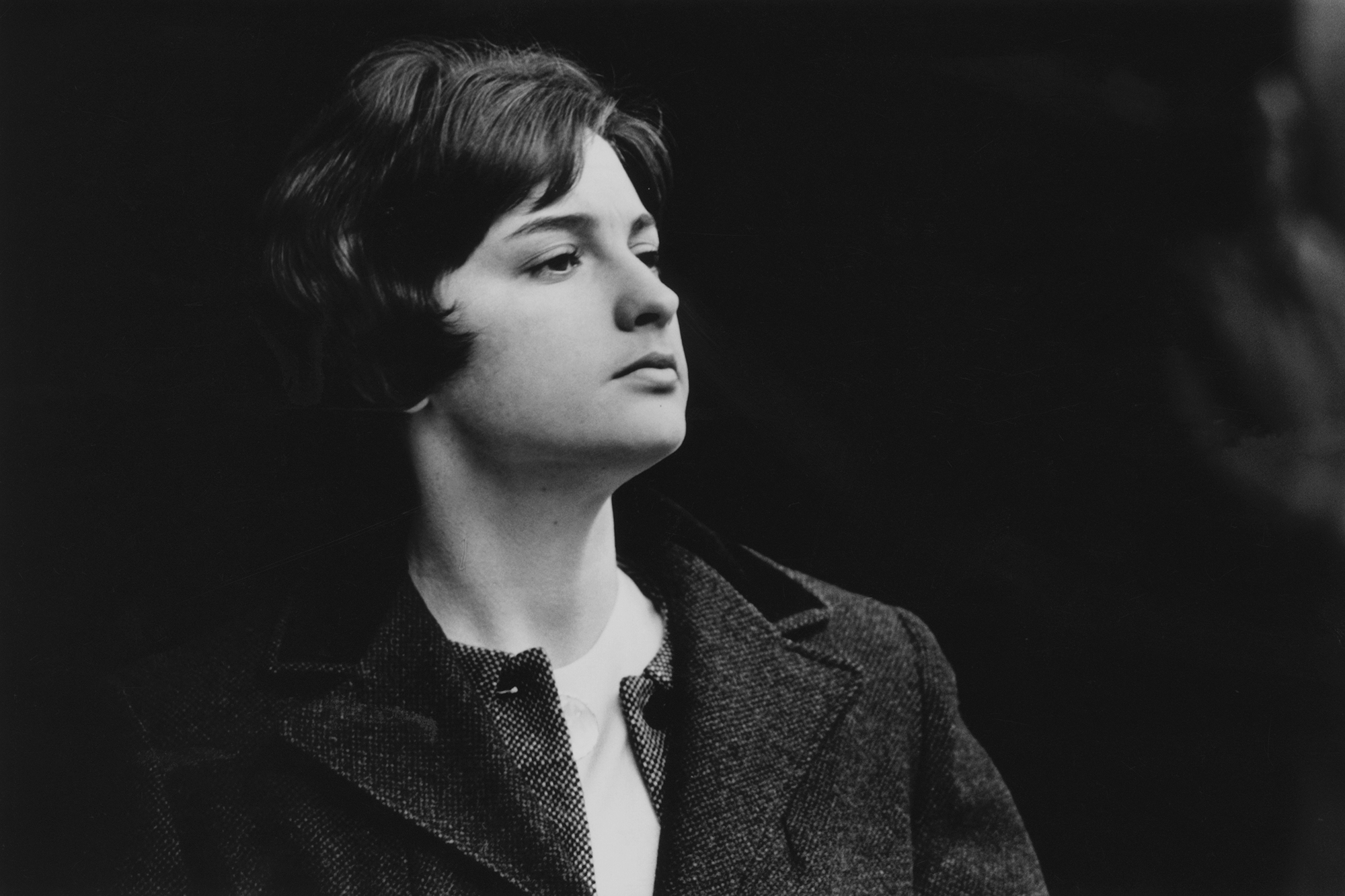
This is typified in a particularly poignant image of a woman amidst a stationary crowd whose attention is held by something out of the frame. Over her shoulder is a young black man wearing a hat and dark glasses, jacket zipped up to the top, contrasting her relatively relaxed, if not focused demeanor. In her hands, as if growing out of the darkness, is a single white lily, a symbol of mourning emphasized by the bowed head of an elderly person in the front of the frame. The moment feels far more than brief; it exudes a sense of stillness and reflection, of weight, of beauty, and of our necessary togetherness.
